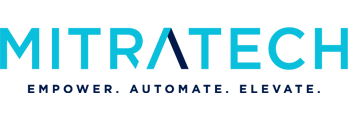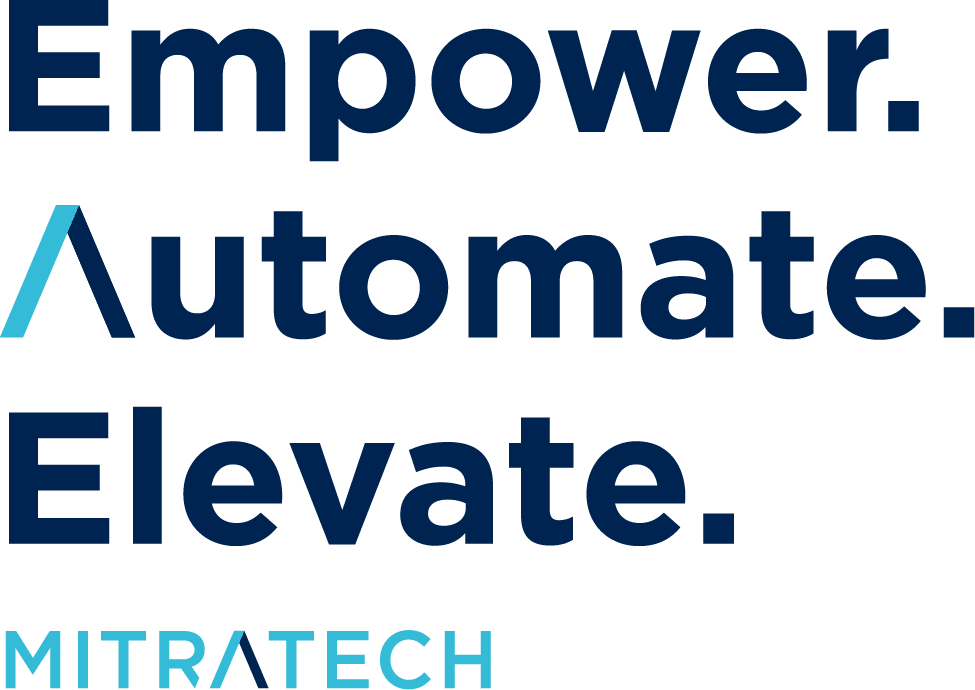As AI becomes a daily part of work, it’s tempting to lean into speed, convenience, and automation. But in HR, where decisions affect real people and the high cost of getting things wrong, no tool can replace the value of human judgment and critical thinking.
In shifting from our focus on building AI tools, we now look more broadly at employee AI use. At SHRM 2025, Susan Anderson and Aimee Pedretti made a clear case for why HR professionals need to lead the charge in building a culture of thoughtful, responsible AI use.
AI Can Do the Work, But It Can’t Make the Call
LLMs like ChatGPT are great at surfacing patterns, generating first drafts, or speeding up certain tasks. But they don’t understand organizational culture. They can’t weigh ethical tradeoffs or read a room. And their output isn’t always accurate. What remains critical is the culture of collaboration – not replacement of decision making and conclusion drawing when using AI tools at work.
“It’s Our Job to Question the Answers”
One of the most compelling lines from the talk was a quote that has effectively become a motto of the Mitratech engineering team:
“AI answers questions. Our job is to question the answers.”
While “trust but verify” might be a catchy buzz phrase in relation to AI, a more appropriate phrase is to first verify then trust AI output. Yet many employees aren’t doing this. A KPMG study found that two-thirds of employees are not reviewing AI output before using it in work products. Similarly, research conducted by Microsoft points to overreliance on AI output particularly when the user is less confident in the topic. Employees aren’t reflecting on whether they are using AI tools appropriately and they’re often using AI in ways that could cause risk for employers.
Critical Thinking Is the New Baseline
HR must build a workforce that thinks with AI, combining creativity and innovation with scrutiny, productivity with pause. Anderson and Pedretti emphasized that every employee now has a role to play as a human in the loop.
The KPMG study mentioned above highlights risky employee behaviors: 66% use AI outputs without critical evaluation, 56% report making mistakes due to AI use, 48% have uploaded company sensitive data into public tools, and 63% have seen/heard employees using AI inappropriately. According to this study, only 47% of employees report receiving AI training and only 51% believe they can use AI effectively.
This calls for embedding the “Human-in-the-Loop” mindset across the organization, fostering critical thinking as the baseline skill when working with AI. While AI can boost productivity, there’s a risk of employee overreliance on AI. HR leaders create the conditions for smart organizational AI use:
- Don’t focus only on enhanced productivity – this can come at a cost.
- Foster a culture where every employee understands they play the role of “human in the loop.”
- Educate against passive AI consumption and of the importance of critically evaluating AI output.
- Create space for deep thinking and reinforce the continual learning of domain expertise.
- Teach AI prompting best practices and pitfalls.
- Be intentional about where AI is used and where it doesn’t belong.
When We Stop Thinking, We Stop Learning
Anderson and Pedretti cited MIT research showing overreliance on AI dulls our thinking. Students using AI tools wrote weaker essays and retained less of the content behind their assignments. Putting their work in ‘cruise control’ removes the ability for learning, growing, and gaining strength in expanding thought. This becomes a self-reinforcing cycle as future work is performed on a weaker foundation.
The same thing is happening in the workplace. When employees copy-paste AI output without thinking, they lose the opportunity to grow, solve, and stretch their skills. The very process that makes work meaningful begins to erode.
What HR Can Do Now
HR leaders are in a powerful position to shape how AI shows up across the organization.
Start small: Discuss the risks of over-delegation and overreliance on AI. Ask managers to review AI-generated work with their teams and talk through what’s working, and what’s off. Normalize critical evaluation of AI output at all levels of the organization.
Tone at the top: Leaders across the organization and their actions set culture from what they measure, what they celebrate, and what they control or discipline. Create a culture where the right behaviors (innovation, learning from failures, and celebrating responsible AI wins) can create the right environment for exploration and quality.
In the end, the most powerful tool in your tech stack isn’t AI. It’s your people, thinking clearly, asking better questions, and leading with judgment.



